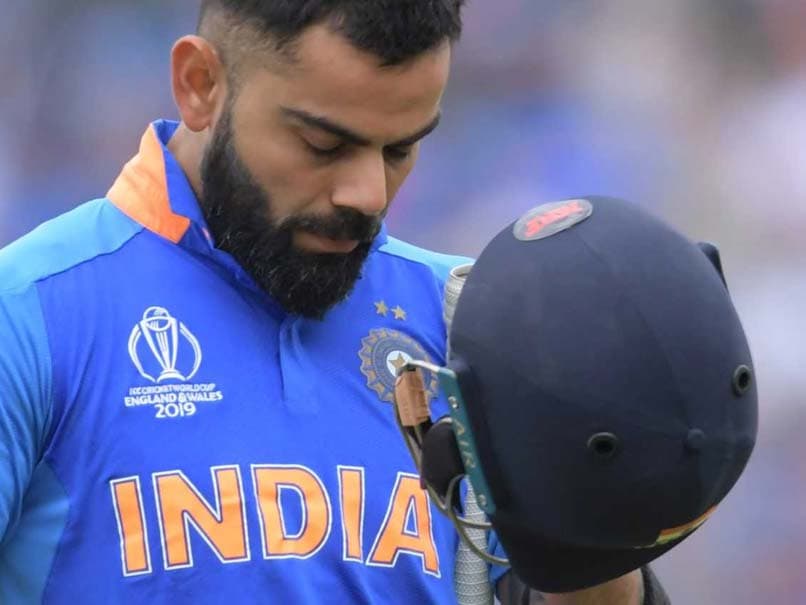Introduction
ICC Cricket World cup in the realm of international cricket, the term “chokers” once bore a heavy burden, closely associated with the immensely talented South African cricket teams. These teams, despite their exceptional skills, consistently stumbled at the final hurdle in major tournaments. Nonetheless, in a spot of destiny, this mark has now advanced toward the Indian cricket crew, which has experienced its own portion of battles in critical ICC tournaments since their victorious campaign in the 2013.
The ‘Chokers’ Tag From South Africa to India. Cricket World Cup
The ridiculing term “chokers” was once inseparable from the gigantically skilled South African cricket crews, who reliably wavered at the last obstacle in significant competitions. In any case, it has now found its direction to the Indian cricket crew, which has battled in huge ICC competitions since their 2013 Bosses Prize win.
India’s Cricketing Dominance and the Pressure to Win
India has ascended as a cricketing force to be reckoned with, ordering a critical portion of worldwide income and reliably beating the ICC rankings across designs. Yet, despite their formidable talent pool and depth, they’ve faced challenges in winning multi-team tournaments. What factors contribute to this trend, and how does pressure affect their performance?
Crunch Situations and the Mental Toughness Quandary Cricket World Cup
Cricket’s high-pressure circumstances request mental strength, flexibility, and aggregate greatness. With a fan base of 1.4 billion anticipating only triumph in each match, a strain can make the best players jam kneed, drop their concentration, or as appears to be the more probable, lose nerve in crunch circumstances.
Ravi Shastri, past India captain and manager guide, says that not in any way shape or form like in individual games, where the onus is on the genuine player to deal with pressure, this condition gets more complicated in team games, where every player has to do their bit to near perfection to make a collective winning thrust, or for some players to make up (swiftly) for those who are having a poor day. “Without a doubt, even a compact spell of lamentable play, one horrible assurance can cause a catastrophe,” he says.
A spell of sad play cost India in the 2019 World Cup semi-last against New Zealand, when three wickets – including those of Rohit Sharma and Virat Kohli – were lost in the initial not many overs.
Moreover, the dropping of Ravichandran Ashwin, the primary situated ICC Test bowler, for the World Test Title last against Australia, lost by 209 runs, was extensively seen as a lamentable determination choice.
They [the players] must have their brains about them, be solid of stomach, and intellectually savage. At this level, even a minor blunder, a short pass in fixation, and the rival group can polish you off,” says Shastri.
So do India have the fortitude to win this time?
Concerning ability, experience and equilibrium in the group, positively.In any case, before the Asia Cup, India looked a disrupted side, with inquiries to address.
Could Jasprit Bumrah, KL Rahul and Shreyas Iyer – getting back from long-injury cutbacks, be completely fit and in structure? Was reviewing Kuldep Yadav from the wild a wild dropkick or very much determined determination since the group previously had two other left-arm spinners in Ravindra Jadeja and Axar Patel? Could making the wicketkeeper’s opening a shot in the dark among Rahul and Ishan Kishan make unnecessary strain on both?
However, such worries were eased as India raged to the title.
Playing at home is a major benefit as well, with the beyond three World Cups being won by a host country – yet it is no assurance of progress. Australia lacked the ability to try and come to the knockout stage in 1992. in both 1987 and 1996 playing at home, india were taken out in semi final.


2 thoughts on “India’s Cricket World Cup Dilemma Firm Favorites or Persistent ‘Chokers’?”